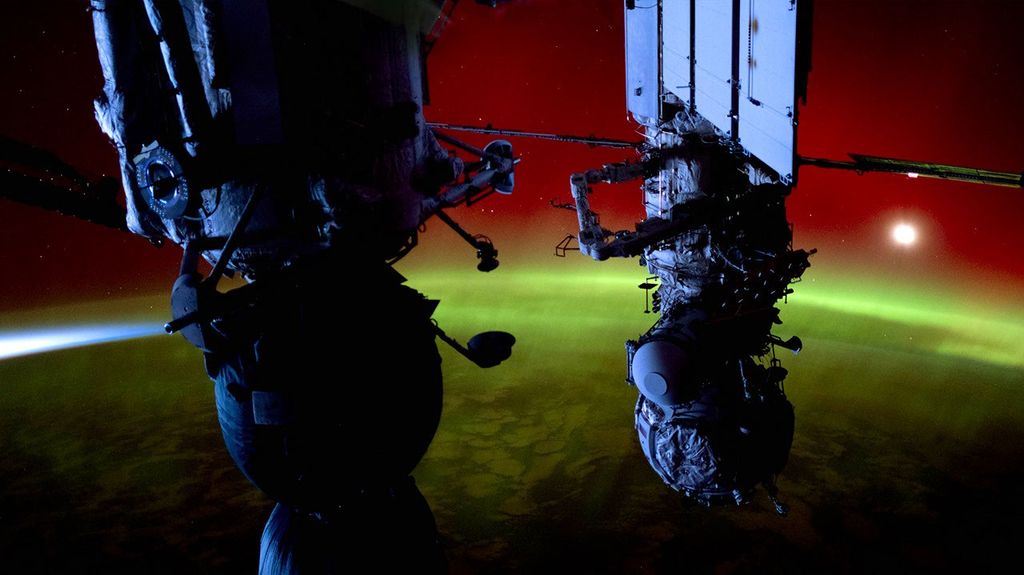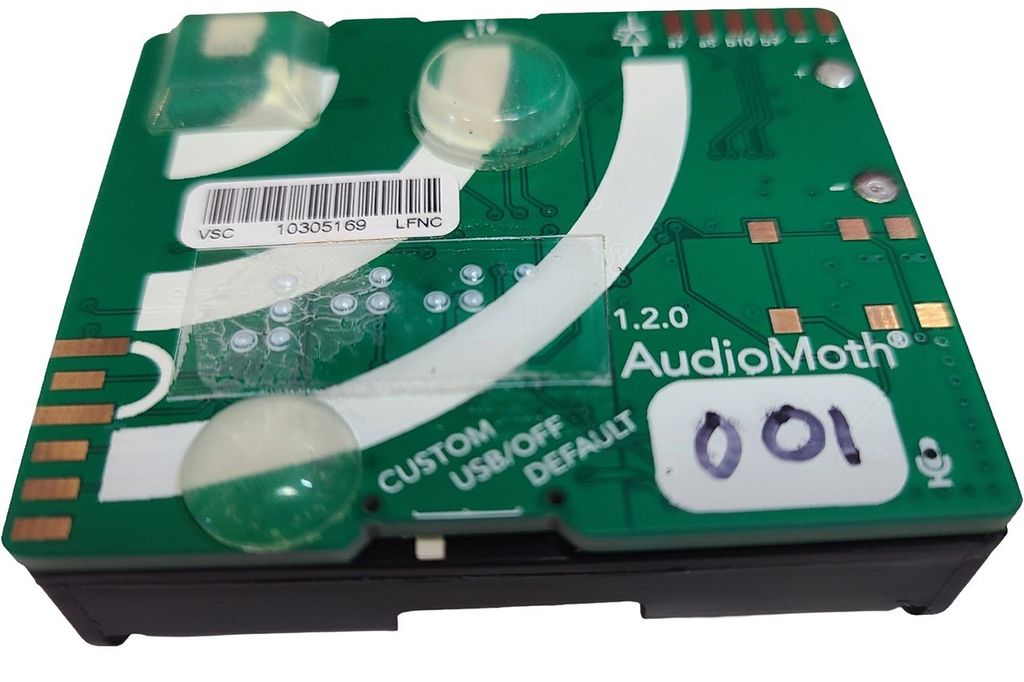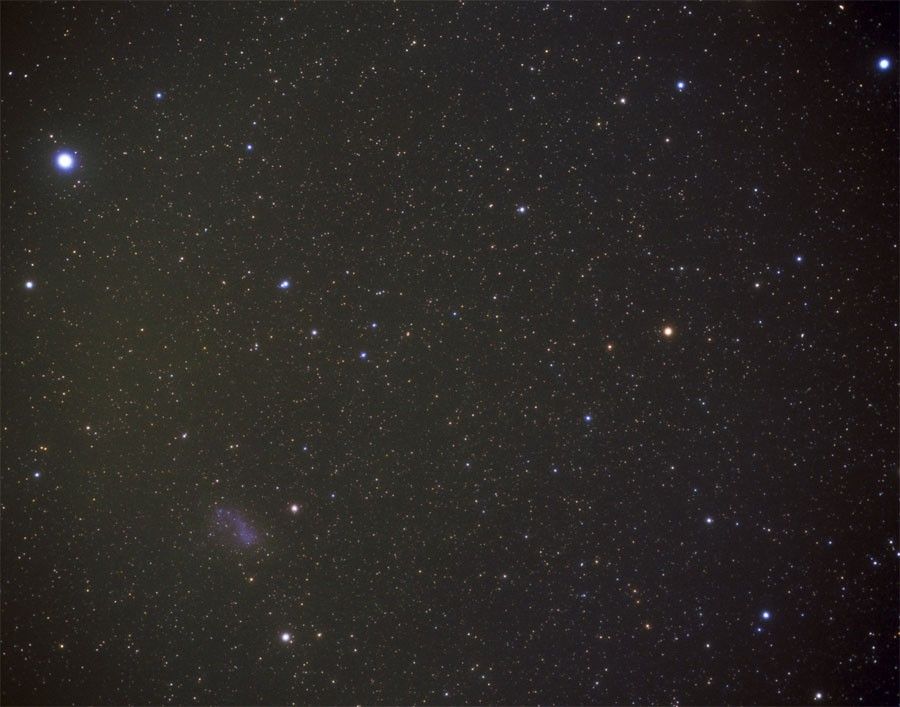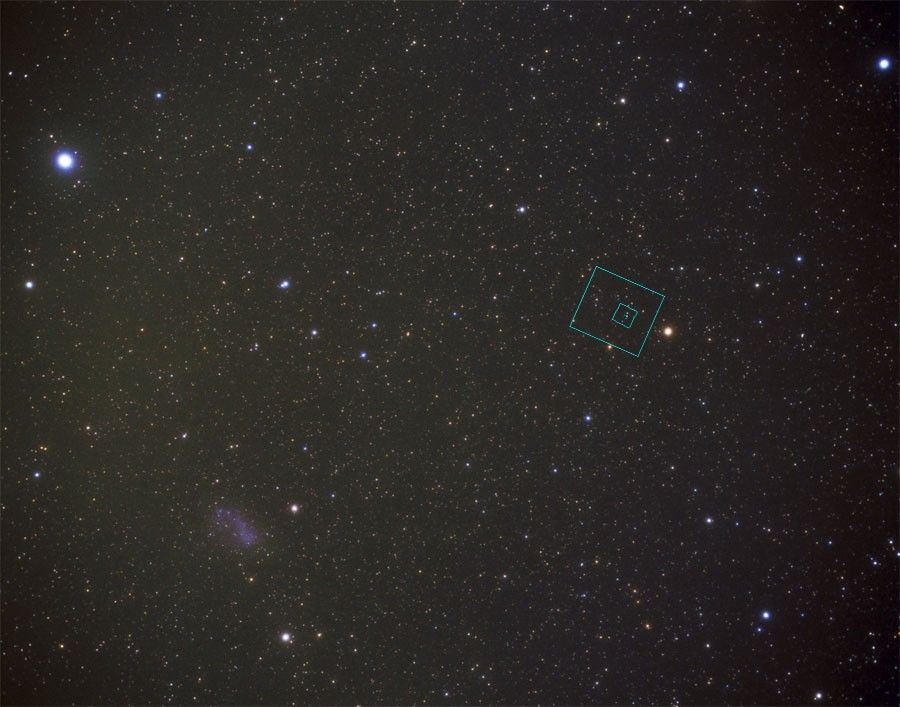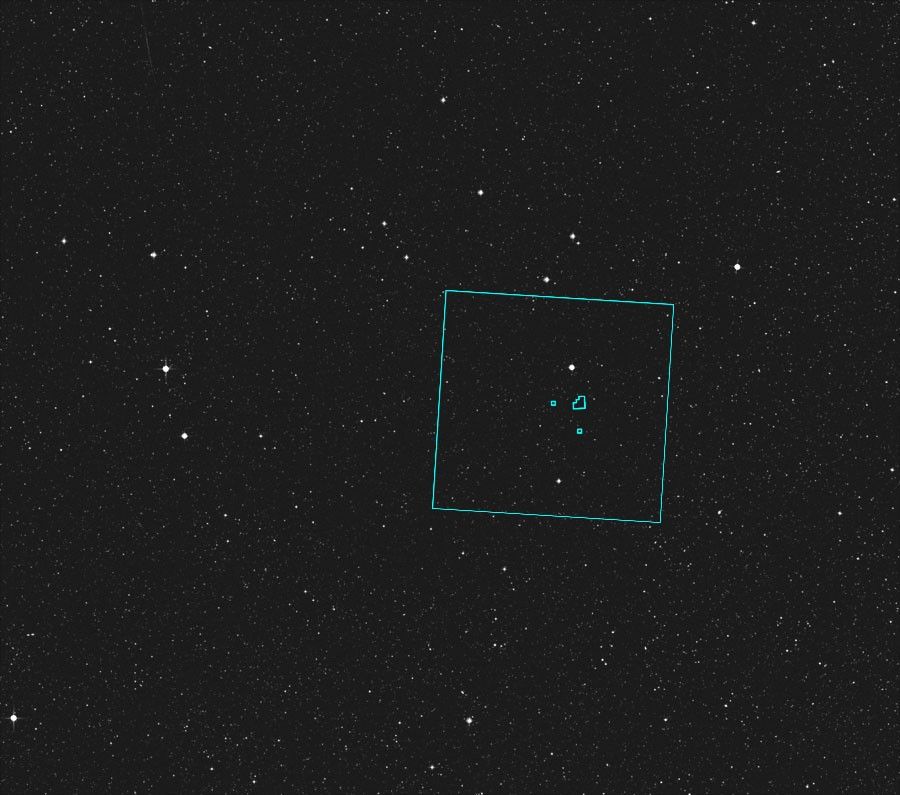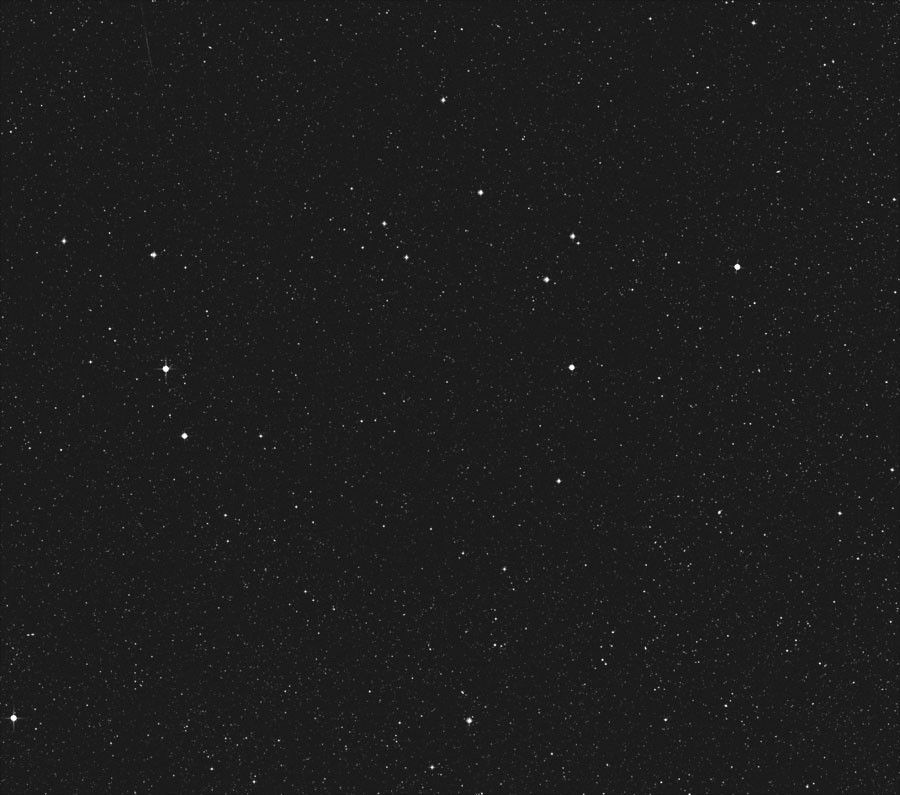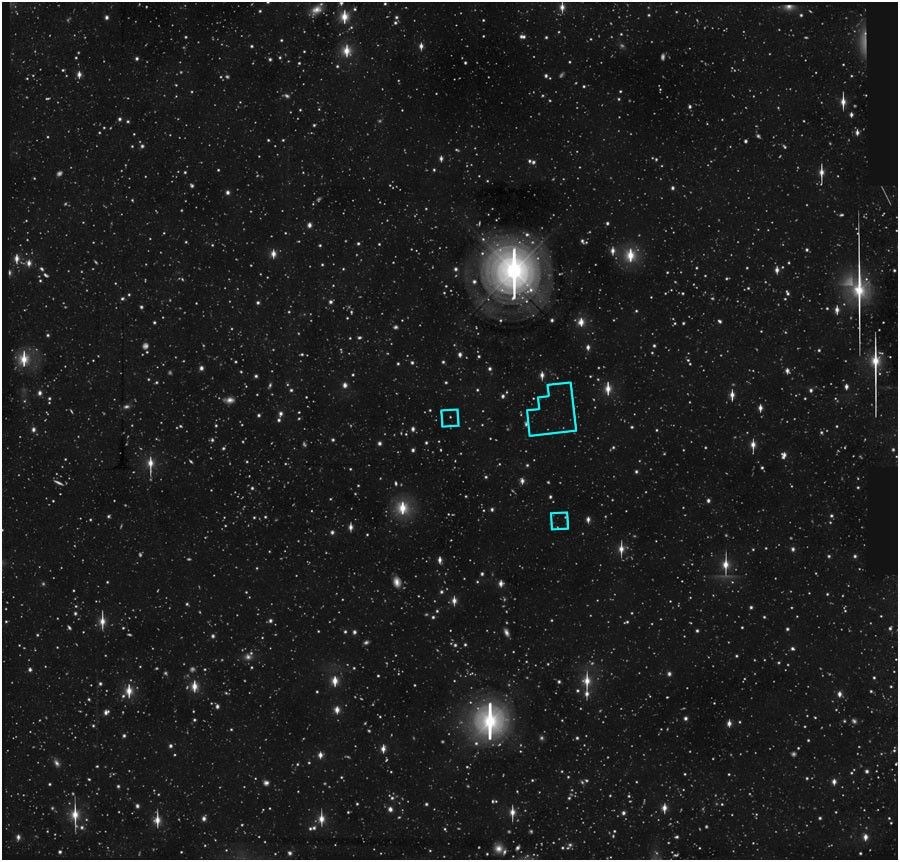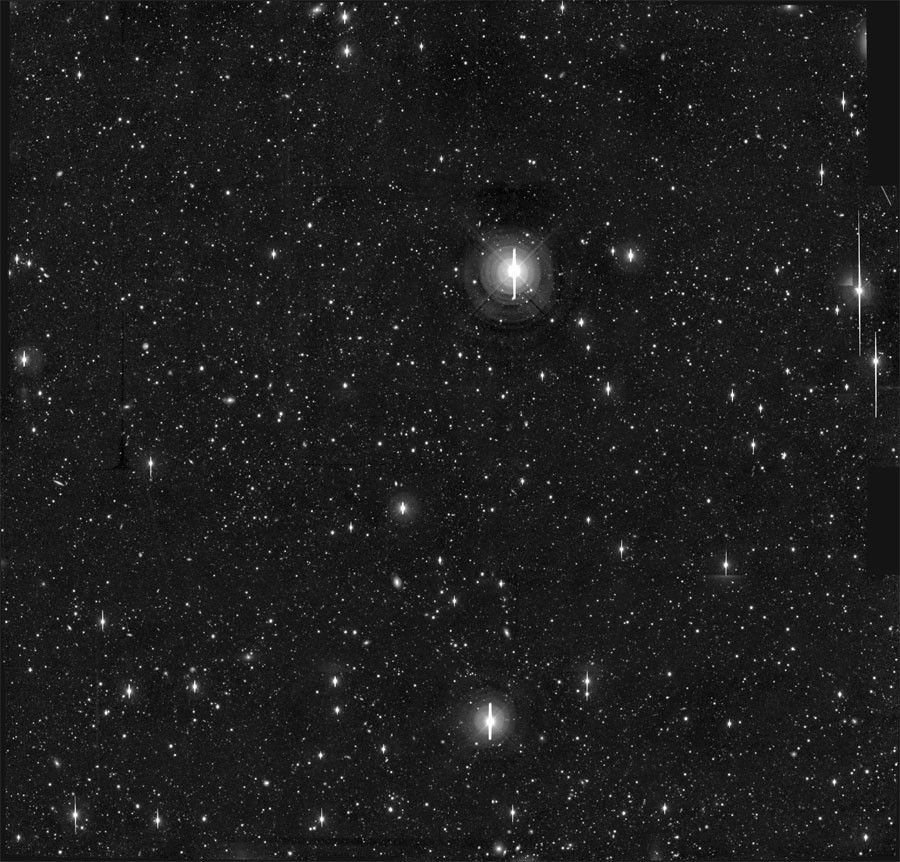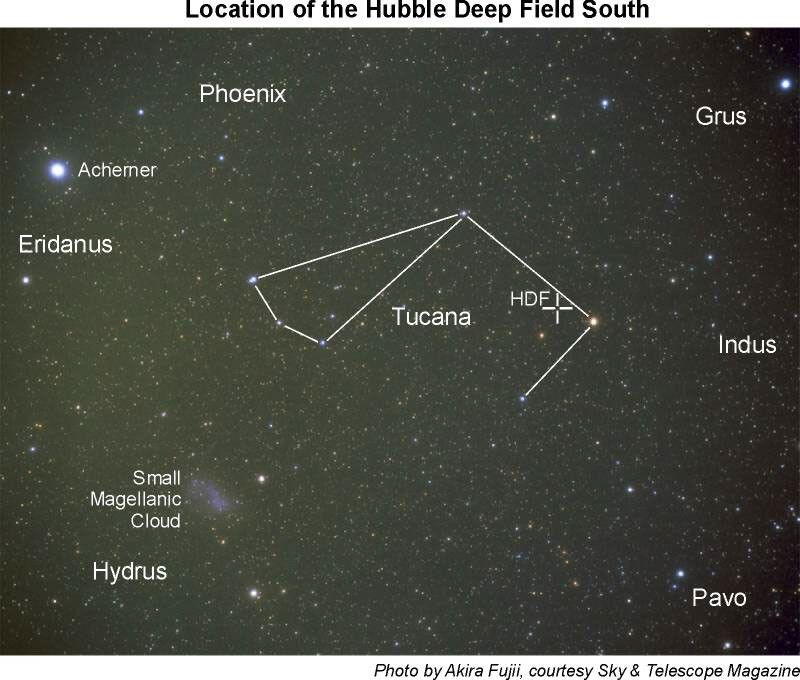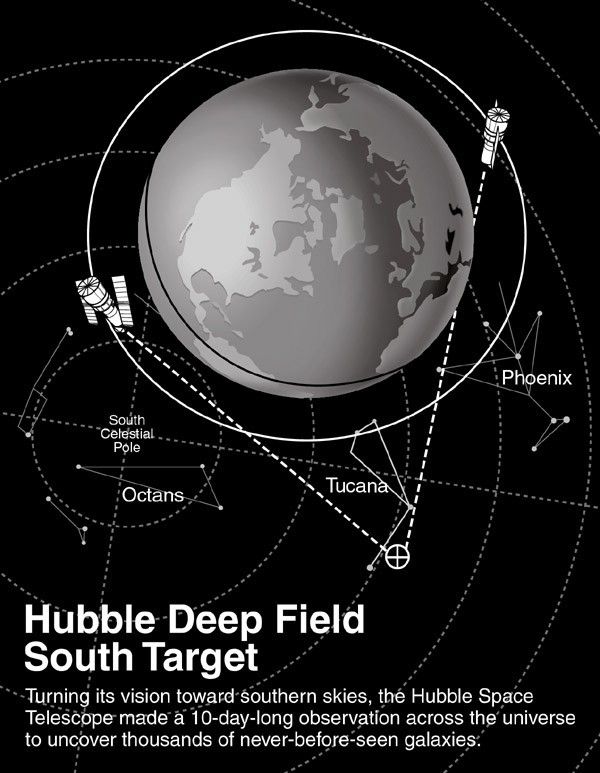1 min read
Hubble Deep Field South – Multiple Windows on the Universe
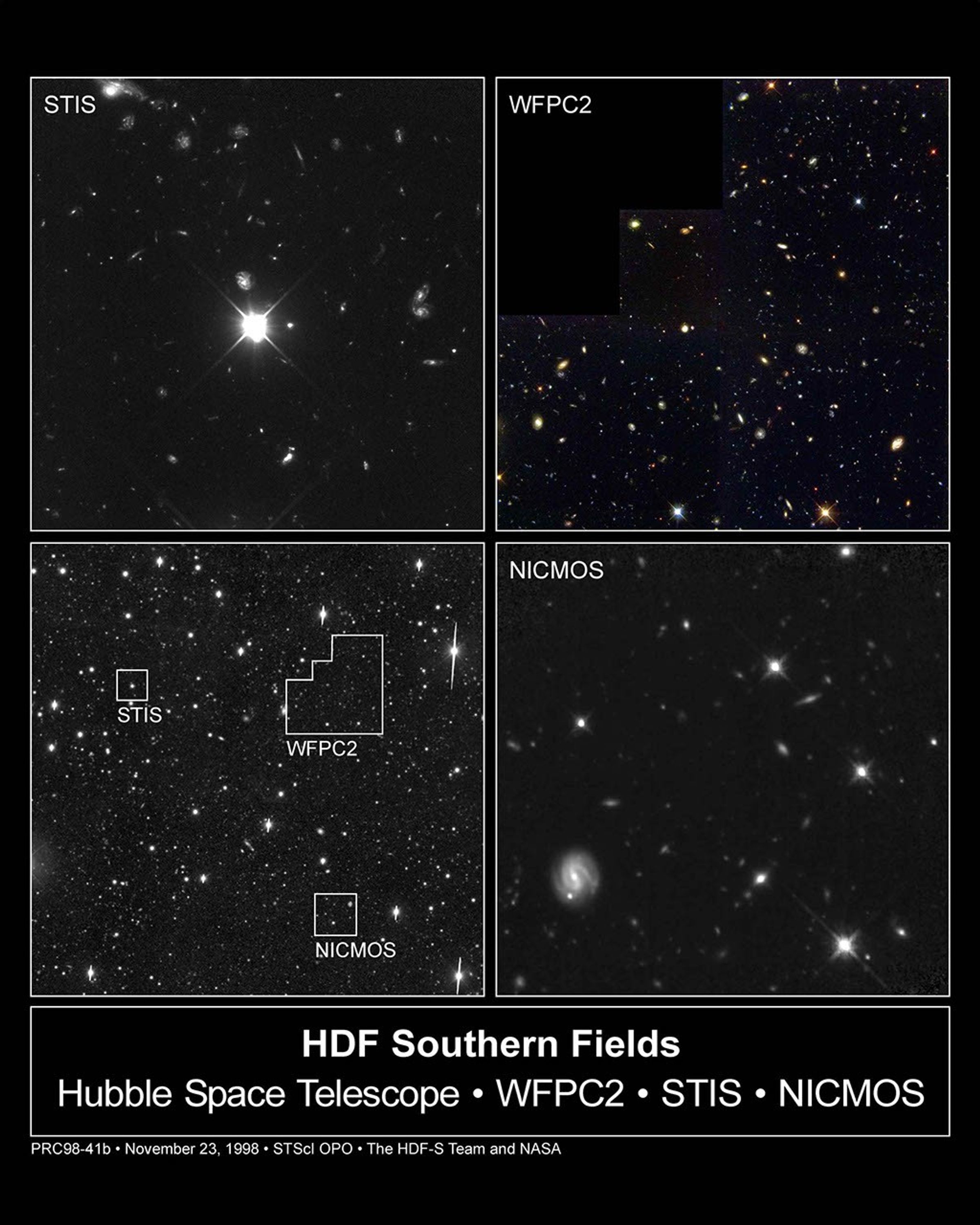
Peering at a small patch of sky near the south celestial pole, NASA's Hubble Space Telescope used its full array of instruments to look nearly all the way across the universe. Called the Hubble Deep Field South (HDF-S), this new far-look complements the original Hubble "deep field" taken in late 1995, when Hubble was aimed at a small patch of space in the opposite direction on the sky, near the north celestial pole.
[lower left] - The carefully selected HDF-S target field in the constellation Tucana, as imaged by the 4-meter Blanco telescope at the Cerro Tololo Inter-American Observatory in Chile. The field of view is 15 arc minutes, approximately half the angular diameter of the full moon. The respective fields of Hubble's three instruments are outlined.
[upper left] - The deepest visible/ultraviolet light image of the universe ever taken, revealing galaxies down to 30th magnitude. Glaring fiercely across 12 billion light-years of space is the brilliant beacon of a distant quasar (z=2.2). Most of the galaxies in this view lie between us and the quasar. The image was taken with the camera on the Space Telescope Imaging Spectrograph (STIS). The STIS recorded how numerous invisible intervening clouds of hydrogen gas affected the quasar's light. Some of the galaxies in the image may be linked to these clouds.
[upper right] - Several thousand never-before-seen spiral, elliptical and colliding galaxies snap into view in this Hubble Wide Field Planetary Camera 2 (WFPC2) image. The image has a striking similarity to the WFPC2's picture of the northern deep field. The full color picture can be used to estimate galaxy distance and ages.
[lower right] - Hubble's Near Infrared and Multi-Object Spectrometer (NICMOS) captures the "invisible light" coming from stars hidden in dusty galaxies, and galaxies that are so far away their light has been stretched beyond the red end of the visible spectrum.
About the Object
- R.A. PositionR.A. PositionRight ascension – analogous to longitude – is one component of an object's position.22h 32m 55.0s
- Dec. PositionDec. PositionDeclination – analogous to latitude – is one component of an object's position.-60° 33' 10.0"
- Object NameObject NameA name or catalog number that astronomers use to identify an astronomical object.HDF-S
- Release DateNovember 23, 1998
- Science ReleaseThe Universe “Down Under” is the Latest Target for Hubble’s Latest Deep-View
- Credit
Related Images & Videos

Hubble Deep Field South Unveils Myriad Galaxies
A NASA Hubble Space Telescope view down a 12 billion light-year long corridor of space loaded with a dazzling assortment of thousands of never-before seen galaxies. This picture is the culmination of a 10-day-long observation called the Hubble Deep Field South (HDF-S) which was...
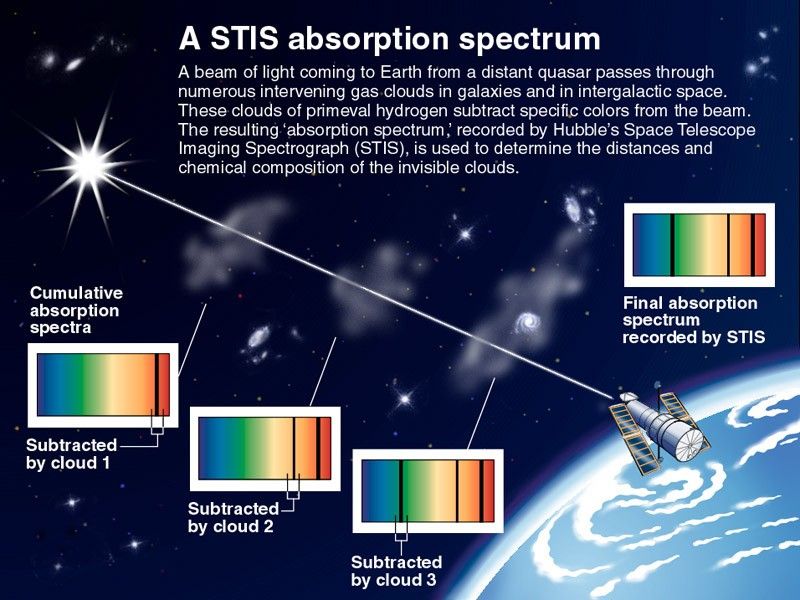
A STIS Absorption Spectrum
A beam of light coming to Earth from a distant quasar passes through numerous intervening gas clouds in galaxies and in intergalactic space. These clouds of primeval hydrogen subtract specific colors from the beam. The resulting "absorption spectrum," recorded by Hubbles Space...

Hubble Space Telescope Telescope Pointing at HDF North and South Targets
The Hubble Space Telescope is pointing north at a blank patch of sky above the Big Dipper. Next, shown in orbit, Hubble is slewing to point at the southern skies in the direction of the constellation Tucana, near the south celestial pole.

Video News Release: The Hubble Deep Field South
EMBARGOED UNTIL 3:00 PM November 23, 1998 The Space Telescope Science Institute, Baltimore Maryland Ray Villard, Public Affairs Officer [00:1:55:00] Edited VIDEO NEWS RELEASE 2:24 VIDEO NEWS RELEASE ELEMENTS [00:04:42:00] Pointing Animation :15 The Hubble Space Telescope is...
Share
Details
Claire Andreoli
NASA’s Goddard Space Flight Center
Greenbelt, Maryland
claire.andreoli@nasa.gov












